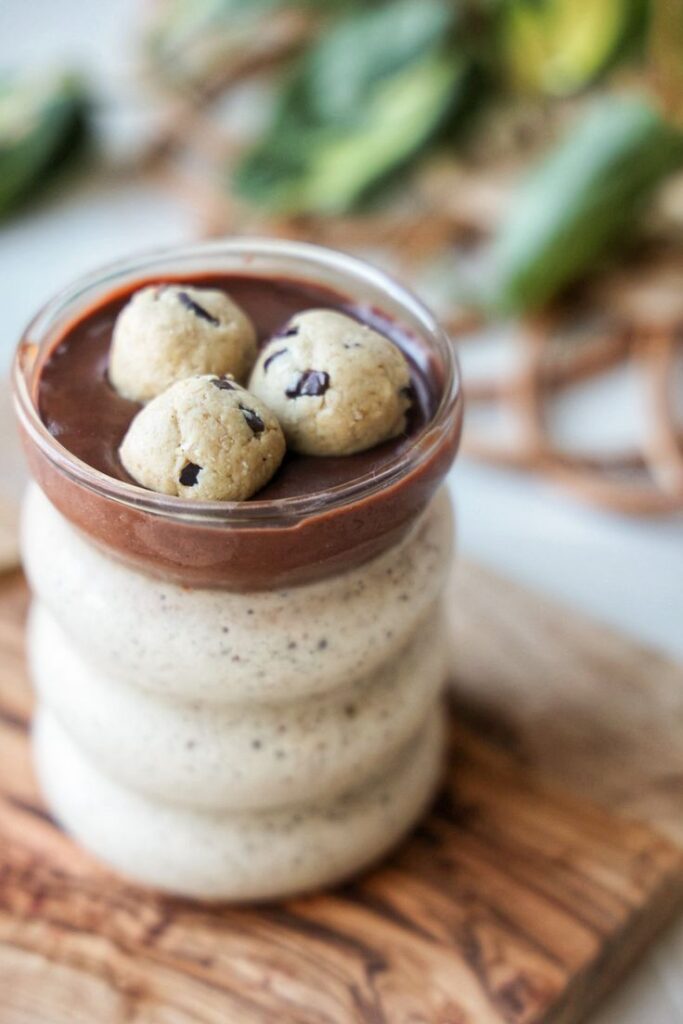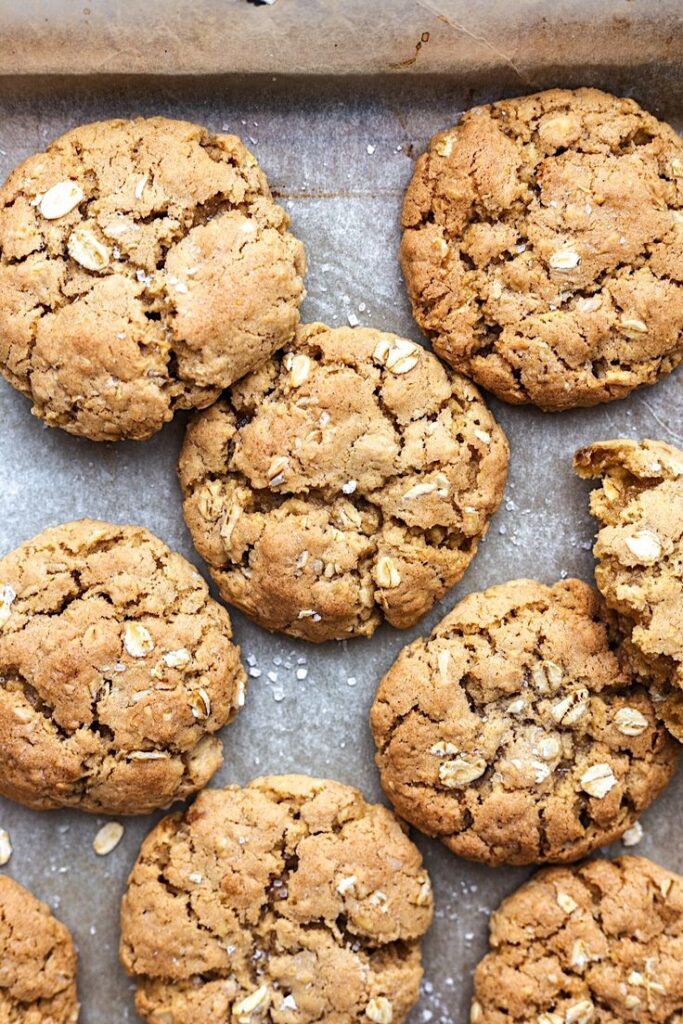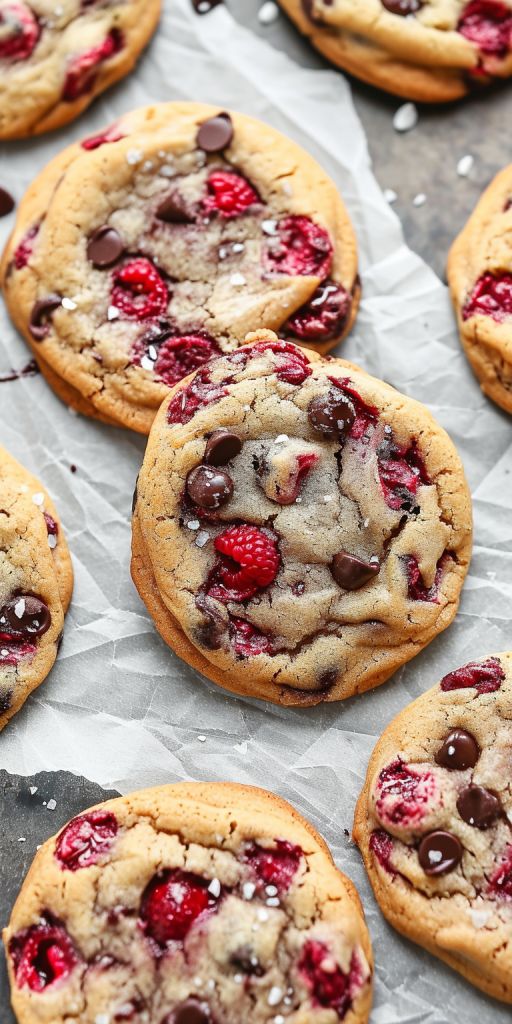Healthy cookies are a delicious way to satisfy your sweet tooth without compromising your wellness goals. By choosing the right ingredients and methods, you can create cookies that are not only tasty but also nutritious. Incorporating whole grains, natural sweeteners, and healthy fats makes a significant difference in the quality of your treats.
You might think that healthy cookies lack flavor or texture, but that’s far from the truth. With the right combinations of ingredients, you can achieve cookies with rich flavors and satisfying textures that rival traditional versions. From chocolate chip variations to oatmeal and nut options, there’s a world of healthy cookie recipes waiting for you.
Baking healthy cookies can be an enjoyable experiment in the kitchen. You’ll find that with simple techniques and a few substitutions, you can whip up delightful snacks that nourish your body and please your palate.



Key Takeaways
- Healthy cookies can be both nutritious and delicious.
- Ingredient choices significantly affect flavor and texture.
- Simple baking techniques make a big impact on the results.
Fundamentals of Healthy Cookie Ingredients
When making healthy cookies, the choice of ingredients plays a crucial role in their nutrition and flavor. Focusing on the right fats, sweeteners, and flours can enhance the health benefits without sacrificing taste.
Choosing the Right Fats
Selecting the right fats is essential for both health and texture. Coconut oil is a popular choice due to its medium-chain fatty acids, which are linked to various health benefits. It adds a subtle flavor and can be used in a one-to-one ratio, replacing butter in your recipes.
Unsalted butter remains a classic option, providing rich flavor and a desirable texture. If you’re looking for a nutty taste, almond butter works well, especially in almond butter cookies. Each fat type impacts your cookie’s outcome, so consider the balance between health and taste when making your decision.
Sweeteners that Sweeten Responsibly
Healthier sweeteners can make a significant difference in the nutritional profile of your cookies. Natural sweeteners like honey or maple syrup not only provide sweetness but also offer vitamins and antioxidants.
For a lower glycemic index option, consider using coconut sugar. It has a caramel-like flavor and contains some nutrients compared to refined sugars.
When reducing sugar, you can also explore fruit purees, such as applesauce or mashed bananas. These alternatives add moisture while cutting down on added sugars. Each sweetener affects flavor, so experiment to find the right balance for your recipe.
Flours with More Fiber and Nutrients
The choice of flour can enhance the nutritional content of your cookies. Whole white wheat flour retains more fiber than all-purpose options while providing a mild taste, making it a great substitute for traditional flour.
Almond flour is another nutritious option, rich in healthy fats and protein. It’s perfect for gluten-free recipes and adds a slight nuttiness.
To increase fiber content, consider blending different flours. This approach not only improves texture but also enhances the nutrient profile of your cookies. Experimenting with various flour combinations can lead to delicious and health-conscious results.



Healthy Cookie Varieties
You can enjoy a range of healthy cookie options that satisfy your sweet tooth while prioritizing nutrition. These varieties include classic flavors with healthier ingredients and innovative options that cater to specific dietary needs.
Classic Flavors, Healthier Twist
You can find healthier versions of beloved classics by substituting traditional ingredients with nutritious alternatives. For example, healthy oatmeal raisin cookies often use rolled oats and whole grain flour. These cookies provide fiber and essential nutrients.
Healthy chocolate chip cookies can be made using almond flour or coconut sugar, which reduces refined sugars while maintaining great taste. Instead of butter, try using coconut oil or applesauce for a lighter texture.
Recipe Suggestions:
- Oatmeal Raisin Cookies: Rolled oats, mashed bananas, and dark chocolate chips.
- Chocolate Chip Cookies: Almond flour, coconut sugar, and nut butter.
These adjustments allow you to enjoy the flavors you love without compromising your health goals.
Innovative Flourless and Vegan Options
For those looking for flourless varieties or vegan recipes, options abound. Flourless cookies typically use nut butters as a base, offering a rich, satisfying texture. These cookies can be made with ingredients like cocoa powder and honey or maple syrup for sweetness.
Vegan chocolate chip cookies often replace eggs with flaxseed meal or chia seeds combined with water. They can achieve a chewy consistency by using almond or oat flour.
Examples of Flourless Treats:
- Flourless Monster Cookies: Combine peanut butter, oats, and chocolate chips for a hearty snack.
- Vegan Options: Use ripe bananas, almond butter, and a touch of cinnamon for a healthier twist.
These alternatives ensure that you can indulge while adhering to specific dietary preferences.



Texture and Taste Enhancements
Balancing texture and flavor is essential when making healthy cookies. Achieving the right chewiness and integrating natural flavorings can elevate your cookie experience.
Creating the Perfect Chewiness
Chewy cookies often rely on specific ingredients to achieve their desired texture. Incorporating rolled oats can enhance chewiness while adding fiber and nutrients.
Using dark chocolate chips instead of milk chocolate offers richer flavor and antioxidants. For oatmeal cookies, combine oats with a bit of honey or maple syrup to maintain moisture, which promotes a chewy consistency.
Another key factor is your baking time. Remove cookies from the oven while they still look slightly underbaked. This allows them to firm up while cooling, resulting in a delightfully chewy texture.
Natural Flavorings for Better Health
Natural flavorings contribute significantly to the overall taste of your cookies without excess sugar. Vanilla extract is a classic addition that enhances sweetness without added calories.
You can also experiment with spices such as cinnamon or nutmeg to elevate the flavor profile. These spices not only add taste but also have health benefits, such as anti-inflammatory properties.
Consider incorporating chopped nuts or seeds for added crunch and nutrition. They provide healthy fats and protein, contributing to a more satisfying cookie that aligns with your healthy eating goals.



Baking Techniques and Tips
To create healthy cookies, it’s essential to focus on your mixing methods and the right add-ins. This approach helps achieve a balanced texture and enhances the nutritional value of your treats.
Mixing and Baking for Optimal Consistency
Start by measuring your ingredients accurately. Use dry ingredients like flour, baking powder, and cornstarch to create a light texture. Combine these with wet ingredients such as ripe bananas or almond milk for moisture.
Mix the cookie dough just until combined. Overmixing can lead to tough cookies. Consider chilling the dough for at least 30 minutes; this can help reduce spread and improve flavor.
Bake your cookies at a temperature of 350°F (175°C) for a crisp outside and chewy inside. Check for doneness when the edges are golden but the center looks slightly underbaked. They will continue to firm up as they cool.
Using Health-Conscious Add-Ins
Incorporating healthy add-ins can boost the flavor and nutrition of your cookies. Substitute refined sugar with maple syrup or use mashed ripe bananas for sweetness without added sugars.
Opt for quick oats instead of flour for a chewy texture and extra fiber. Mini chocolate chips can be used sparingly, allowing you to enjoy chocolate without dramatically increasing calorie content.
You can also try adding nuts or seeds for omega-3 fatty acids. Dried fruits such as cranberries or raisins add natural sweetness and fiber. Balancing these add-ins provides both taste and nutrition, enhancing the overall healthiness of your cookies.
- 66shares
- Facebook0
- Pinterest66
- Twitter0


